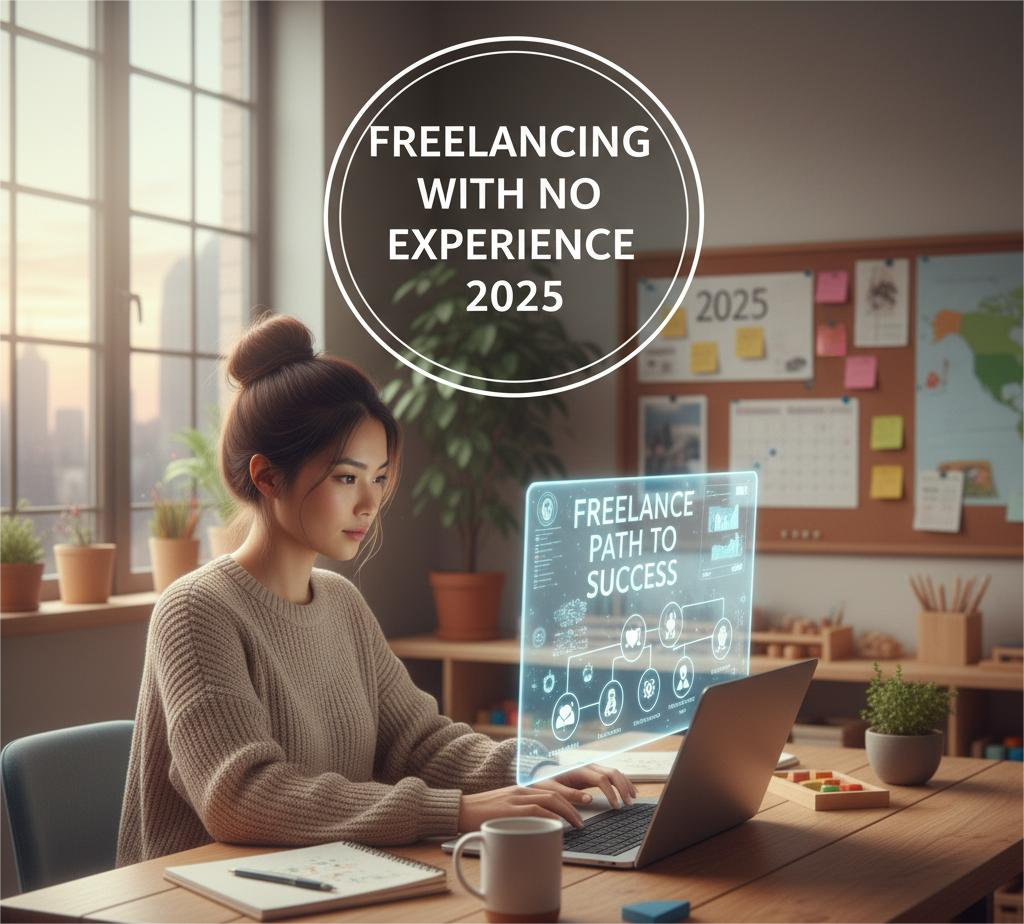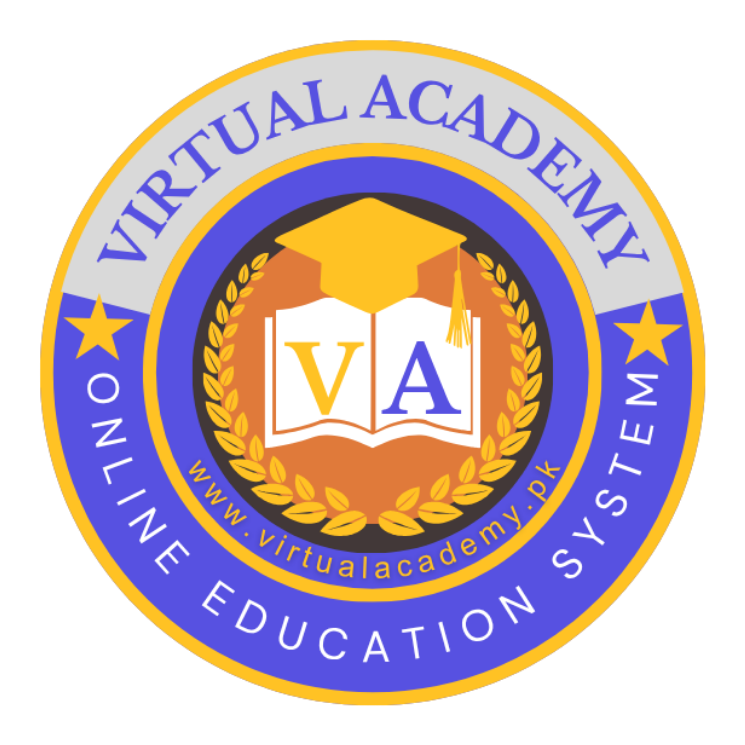
How to Start Freelancing with No Experience in 2025
Introduction
Most students imagine freelancing as a path reserved for experts with shiny portfolios and years of experience. Yet the reality in 2025 tells a different story. According to Upwork’s latest Workforce Trends Report, more than 35% of new freelancers last year started with little or no experience and grew their skills on the job. The freelance world is expanding faster than traditional employment, and digital-first businesses are more open than ever to working with beginners who show commitment, curiosity, and strong communication skills.
For students, freelancing is more than a side-hustle. It’s a training ground where you learn marketable skills, build professional confidence, and earn income without waiting for graduation. This guide walks you through exactly how to start freelancing from scratch, based on expert insights, industry data, and proven strategies. You’ll learn how to choose a skill, build a portfolio with zero clients, create a standout profile, get your first paid gig, and build momentum.
By the end, you won’t just understand freelancing you’ll have a roadmap to begin your own journey this month.
How to Start Freelancing with No Experience in 2025
1. Understand What “No Experience” Really Means
Most students misunderstand the phrase “no experience.” It doesn’t mean you’re starting with nothing. It simply means you haven’t done paid client work yet.
You likely already have:
-
School projects
-
Volunteer work
-
Personal projects
-
Class presentations
-
Social media experience
-
Basic writing or design skills
-
Research skills from assignments
These are all assets in freelancing.
Even the CEO of Fiverr, Micha Kaufman, has emphasized that freelancing in today’s world rewards “skill adaptability and willingness to learn” more than formal experience.
Actionable Tip:
List at least 10 skills you already use in school, hobbies, or part-time jobs. Many of them can immediately translate into freelance services.
2. Choose a Beginner-Friendly Skill with High Demand
Your freelance skill does not need to be perfect from day one. What matters is choosing a service that is:
-
Learnable within weeks
-
In demand
-
Needed by small businesses and startups
-
Easy to practice independently
Top beginner-friendly skills for students in 2025
A. Writing & Content Services
-
Blog writing
-
Social media captions
-
Product descriptions
-
Proofreading and editing
-
Email newsletters
Businesses today publish content nonstop. If you enjoy writing for school, you can start here.
B. Digital Marketing
-
Social media management
-
Basic SEO optimization
-
Influencer outreach
-
Community management
These roles rely more on creativity and communication than advanced technical skills.
C. Graphic Design
-
Posters, flyers, banners
-
Simple logos
-
Social media graphics
-
Presentation slides
Tools like Canva and Adobe Express make design widely accessible.
D. Virtual Assistance
-
Data entry
-
Inbox management
-
Scheduling
-
Research tasks
These are perfect for organized students.
E. Tech & AI Support
-
Prompt writing
-
Chatbot setup
-
AI-assisted writing or research
-
Basic website edits
With the AI boom, even small businesses need help navigating tools like ChatGPT, Notion AI, and Canva AI.
Actionable Tip:
Pick one skill to start with. You can specialize later as you grow.
3. Learn the Basics Without Spending Money
You don’t need paid courses. The internet is a learning ecosystem on its own. Here are reliable free resources:
Free Learning Platforms
-
Google Digital Garage (marketing, analytics, career skills)
-
HubSpot Academy (content, SEO, social media)
-
Coursera free courses (writing, UX, coding basics)
-
YouTube instructors like Jessica Stansberry, Matt Diggity, Ali Abdaal
-
Canva Design School (graphic design fundamentals)
Learning Strategy for Beginners
-
Spend the first 7–10 days learning:
Concepts + examples + small exercises. -
Use AI tools to accelerate learning (but don’t rely on them entirely).
-
Create mini-projects as you learn.
-
Add those projects to your portfolio (more on that coming).
Expert Insight:
The World Economic Forum notes that micro-learning, combined with real-world application, is the most effective way for young learners to build professional skills.
4. Build a Portfolio with Zero Clients (Yes, It’s Possible)
Clients don’t ask “Who paid you?” They ask, “Can you solve my problem?”
That means samples matter more than client history.
How to Create Portfolio Samples Without Experience
Option 1: Personal Projects
-
Write 3 blogs on topics you care about
-
Redesign 3 existing flyers
-
Create 2–3 Instagram content samples
-
Write email templates for fictional brands
Option 2: Volunteer Projects
Offer to help:
-
A school club
-
A nonprofit
-
A friend’s small business
-
A local shop’s social media
Option 3: “Portfolio Challenges”
Create projects like:
-
“30 days of design”
-
“10 blog posts in 10 days”
-
“5 landing page rewrites”
These show consistency and skill.
Where to Host Your Portfolio
-
Google Drive folder (simple and free)
-
Canva portfolio site
-
Notion portfolio page
-
Behance (for designers)
Actionable Tip:
Aim for 5–7 samples before applying to your first gig.
5. Create a Professional Freelance Profile
Your profile is your freelance “first impression.”
Platforms for Beginners (2025)
-
Upwork
-
Fiverr
-
Freelancer
-
PeoplePerHour
-
LinkedIn Services Marketplace
-
Contra
-
Workello (for writers)
-
SolidGigs (curated listings)
What a Strong Profile Includes
-
A friendly, clear headshot
-
A niche title (e.g., “Social Media Manager for Small Businesses”)
-
A 3–4 sentence introduction
-
Your skills and tools
-
Portfolio samples
-
Certifications from free courses
Profile Example Outline
-
Who you are
-
What problem you solve
-
Who you help
-
Why your approach works
-
A soft call-to-action
Example (feel free to adapt):
“I help small businesses and student-led organizations boost engagement through simple, consistent, and research-backed social media content. I’ve created content for clubs, local brands, and personal projects, and I specialize in short-form content and visual storytelling. If you need reliable, friendly support with your online presence, I’d love to help.”
6. Start Applying for Micro-Gigs
Students often aim for big jobs first. Instead, start small.
Micro-gigs are perfect to build confidence
-
1 blog post
-
5 Instagram captions
-
Simple flyer design
-
Basic data entry tasks
-
Research tasks
These small projects help you:
-
Learn client communication
-
Build real experience
-
Earn your first reviews
-
Strengthen your portfolio
Where to Find Micro-Gigs
-
Fiverr
-
Upwork “Entry Level” filter
-
LinkedIn job posts
-
Facebook groups for local businesses
-
Twitter creators looking for help
-
Subreddits like r/forhire
Actionable Tip:
Aim for 3 micro-gigs in your first month. They create momentum.
7. Write Client Proposals That Get Replies
Most beginners send generic proposals. To stand out:
Use the 3-Sentence Formula
-
Personalize
Mention something specific from the client's post. -
Prove your ability
Share a relevant skill or sample. -
Offer a simple next step
Ask a question or suggest a small action.
Example Structure
-
“I saw you’re looking for someone to create social media posts for a new café.”
-
“I’ve created similar content for a local student club and a fictional food brand in my portfolio.”
-
“Can you share your preferred posting schedule so I can tailor the samples?”
Clients love clarity and confidence.
8. Deliver Great Work (Even as a Beginner)
Your first clients will remember two things:
How you communicate and how you deliver.
Standout habits that win repeat clients
-
Ask clarifying questions early
-
Send drafts before the final version
-
Deliver before the deadline
-
Provide two options (clients love choice)
-
Keep your tone friendly and professional
Quality Over Perfection
Even expert freelancers revise their work. What matters is improving fast and staying open to feedback.
9. Increase Your Rates Slowly and Strategically
Once you have:
-
5+ portfolio samples
-
3+ happy clients
-
2–3 verified reviews
You can start raising your rates.
Rate Increase Strategy
-
Start with beginner rates
-
Increase 10–20% after every 3–5 projects
-
Charge more for urgent work
-
Create bundled packages
Example:
$5 per caption becomes $10 per caption.
$20 per blog post becomes $40 per post.
By 2025 industry standards, even student freelancers can earn:
-
Writers: $15–40/hour
-
Social media managers: $100–300 per month per client
-
Designers: $15–50/hour
-
Assistants: $10–30/hour
10. Keep Learning and Building Your Skill Stack
Freelancing rewards growth.
Skills to add after your first month
-
SEO writing
-
Canva Pro or Adobe Illustrator basics
-
Analytics tools
-
Content scheduling tools (Buffer, Hootsuite, Meta Business Suite)
-
AI productivity tools
The more value you bring, the more you can charge.
Conclusion
Starting freelancing with no experience in 2025 isn’t just possible. It’s practical, strategic, and one of the smartest moves a student can make. The modern online economy rewards initiative more than background, and thousands of beginners prove every year that skill-building and determination matter far more than traditional credentials.
If you choose one skill, build a simple portfolio, create a strong profile, and start applying for micro-gigs, you can earn your first income within weeks. Every project will build confidence, sharpen your skills, and open new opportunities. Freelancing has no ceiling: the more you grow, the more you can earn and the more freedom you gain.
Your journey doesn’t need to start tomorrow. It can start today with one choice: pick a skill, begin practicing, and take your first step.
FAQs (People Also Ask)
1. Can I freelance as a student with no technical skills?
Yes. Writing, social media management, virtual assistance, and research services don’t require advanced technical skills.
2. How long does it take to get my first freelance job?
Most beginners land their first job within 2–6 weeks if they apply consistently and have a portfolio.
3. Do I need a business license to start freelancing?
Not at the beginning. In the US, students can start as independent contractors and formalize later if needed.
4. Which freelance platform is best for beginners?
Upwork for structured work, Fiverr for quick gigs, and LinkedIn for networking-based jobs.
5. How much can a student freelancer earn?
Anywhere from $200 to $1,000+ per month depending on skill, consistency, and niche.
Tags :
No Tags












0 Comments